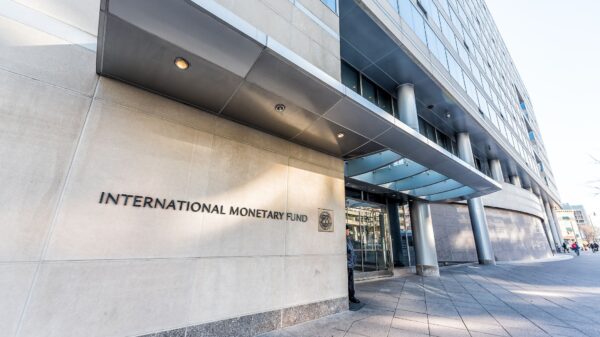Harare | In the realm of telecommunications, the notion of headline tariffs often serves as a benchmark—a maximum limit set by governments or national regulators to govern pricing. However, a closer examination reveals that the actual cost of services may deviate significantly from these prescribed ceilings.
Nowhere is this more evident than in the data pricing landscape of Zimbabwe, where despite being depicted as one of the most economical options in comparison to neighboring countries like Botswana and Malawi, the reality for consumers tells a different story.
Zimbabwe finds itself in a peculiar position where despite ostensibly low headline tariffs, data costs remain comparatively high. The enigma behind this apparent discrepancy lies in the dynamics of competition within the local telecommunications sector.
While regulatory constraints may dictate a maximum permissible tariff, intense competition among service providers drives prices down far below these mandated levels. This fierce market rivalry compels companies to offer data at rates that are not only competitive but also financially sustainable.
Delving deeper, it becomes evident that economic conditions and the cost of doing business play pivotal roles in shaping data pricing strategies. In neighboring countries like Botswana and Malawi, the economic landscape allows for the maintenance of lower pricing levels.
Factors such as favorable infrastructure development, stable currencies, and reliable power supply contribute to an environment conducive to offering data services at lower costs. Conversely, Zimbabwe grapples with the challenges of being a landlocked nation, compounded by currency instability and infrastructural limitations.
The geographical context of Zimbabwe further exacerbates the conundrum of high data costs. Unlike countries with coastal access like South Africa, where data connectivity can be facilitated through pre-existing fiber infrastructure, Zimbabwe faces the arduous task of trenching connectivity routes through neighboring territories.
This process incurs substantial expenses, both in terms of financial investment and logistical complexities. The reliance on cross-border infrastructure not only drives up operational costs but also introduces vulnerabilities to external factors such as geopolitical tensions and regulatory bottlenecks.
Also read: Cultist Madzibaba Ishmael Exposed For Marrying 5 Underage Girls
Moreover, the operational landscape in Zimbabwe presents a myriad of challenges for telecommunications providers. The erratic nature of electricity supply necessitates alternative power sources, often reliant on costly fuel-based generators.
This adds a significant overhead to the operational expenses incurred by service providers. Additionally, excessive taxation burdens further strain profit margins, making it increasingly challenging to sustainably offer data services at lower price points.
DATA TARRIFS:


For comments, Feedback and Opinions do get in touch with our editor on WhatsApp: +27 82 836 5828

For comments, Feedback and Opinions do get in touch with our editor on WhatsApp: +44 7949 297606.


















































